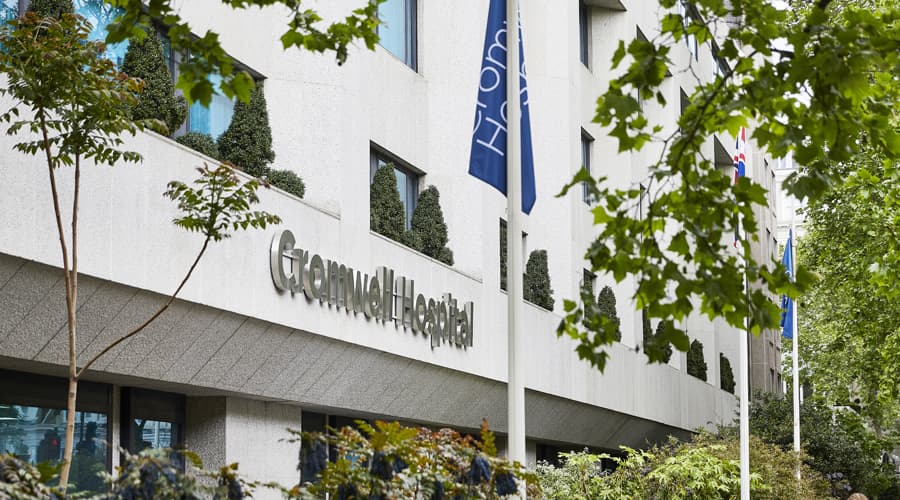Acromioclavicular (AC) joint dislocation
A dislocation of the joint where the front of the shoulder blade (acromion) meets the collarbone (clavicle).
About acromioclavicular joint dislocation
Your shoulder blade (scapula) has a slim bone that extends over the top of your shoulder called the acromion. This links to your collarbone (clavicle) in the front of your shoulder at the acromioclavicular (AC) joint.
The joint is held together by strong, fibrous tissue called ligaments, which can be stretched (sprained), causing the bones to separate or dislocate.
Causes of AC joint dislocation
An AC dislocation is most commonly caused by:
- impact to your shoulder - such as in contact sports or a car accident
- fall onto the tip of your shoulder
- weightlifting
- degenerative bone conditions such as arthritis
Most AC dislocation injuries heal on their own in six to 12 weeks, with the help of rest and gentle exercises.
If the damage is more severe, it might be necessary to have surgery to reconnect, stabilise or reconstruct the joint.
Diagnosis of AC joint dislocation
Your doctor can usually diagnose an AC dislocation with a physical exam and assessment of your symptoms.
If your symptoms are severe or may be related to another condition such as arthritis, an X-ray can be used to show the extent of the damage.
However, imaging is invariably required including stress X-rays and an MRI scan to more accurately assess the extent of the damage.
Treatments for AC dislocation
Non surgical options
Most minor AC joint dislocation injuries can be treated at home, and heal within a few weeks. More severe damage can take up to 12 weeks.
Avoid activities that aggravate your shoulder.
Use ice and anti-inflammatories to manage swelling and pain.
Your doctor might suggest strengthening and stretching exercises to restore strength and motion in your shoulder as it heals.
Surgical options
If your symptoms don’t improve, you may be offered AC joint reconstruction surgery.
This is usually carried out using minimally invasive but open surgery.
Your surgeon will reconstruct the stretched ligaments beneath your collarbone. This may involve anchoring the ligaments back into the bone, or using a tendon (from your body or from a donor) to replace damaged ligaments.
Paying for your treatment
We welcome both self-paying and insured patients.
Self-pay patients
We offer several ways for patients to self-pay, including pay-as-you-go and self-pay packages.
Insured patients
At Cromwell Hospital, we accept private health insurance from most major providers, including AXA, Aviva, Bupa, and Vitality.
Our locations

Book an appointment today
Our telephone lines are open 8am to 8pm Monday to Friday and 8am to 2pm Saturdays.
Alternatively, fill out our appointment request form and we'll be in touch shortly.
Please note - regrettably we are unable to answer specific medical questions or offer medical advice via email or telephone.
